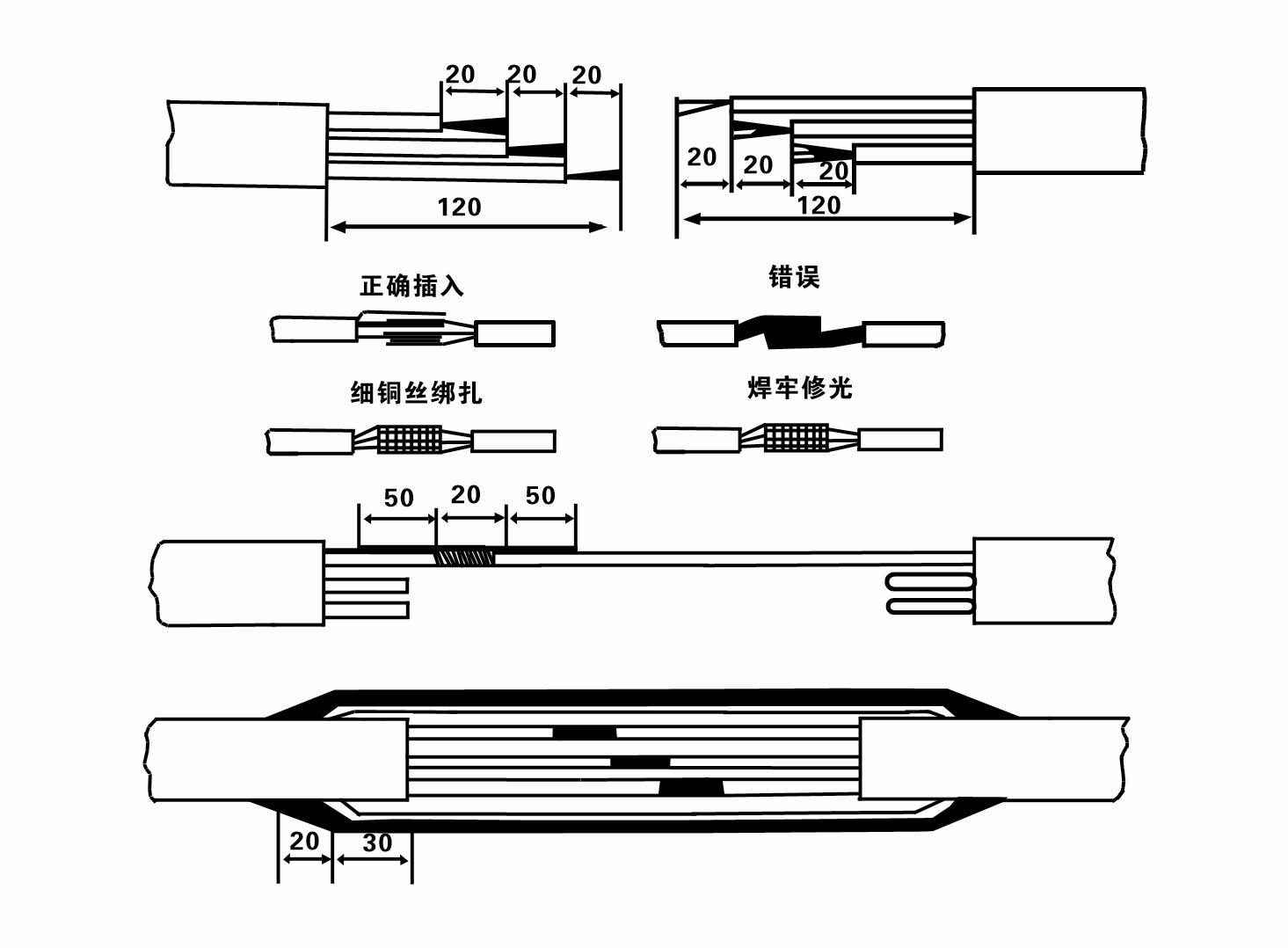Jul . 21, 2024 01:46 Back to list
Effective Submarine Water Pump Solutions for Deep-Sea Operations and Marine Applications
The Importance of Submarine Water Pumps in Modern Engineering
Submarine water pumps play a crucial role in various underwater applications, particularly in the fields of marine engineering and environmental management. These specialized pumps are designed to operate efficiently at significant depths, catering to the unique challenges posed by underwater conditions such as high pressure, extreme temperatures, and corrosive environments. This article will explore the significance of submarine water pumps, their working mechanisms, applications, and advancements in technology that are shaping the future of underwater operations.
Understanding Submarine Water Pumps
Submarine water pumps are engineered to move water or other fluids from one location to another beneath the surface of water. They are often employed in scenarios where traditional pumps may fail due to the environmental conditions. These pumps come in different designs, including submersible pumps and centrifugal pumps, each tailored to specific tasks. One of the key features that distinguish submarine pumps from their surface counterparts is their ability to withstand the intense pressure and corrosion associated with underwater environments.
Key Applications
1. Environmental Remediation Submarine water pumps are essential in environmental cleanup operations, especially in areas affected by oil spills or chemical leaks. These pumps facilitate the extraction of contaminated water and sediments from the seabed, allowing for effective remediation processes that restore the health of marine ecosystems.
2. Dewatering Operations In construction and engineering projects located near or underwater, effective dewatering is critical. Submarine water pumps help remove excess water from excavations or construction sites, ensuring safety and compliance with project timelines.
3. Aquaculture The aquaculture industry relies on submarine water pumps to maintain optimal water conditions in fish farms. These pumps circulate water, ensuring adequate oxygen levels and removing waste products, which is essential for healthy fish growth.
submarine water pump

4. Marine Research and Exploration Scientists and researchers utilize submarine water pumps in underwater studies and exploration projects. These pumps assist in the collection of water samples, helping researchers analyze the chemical and biological properties of marine environments.
Technological Advancements
Innovations in technology have significantly improved the efficiency and longevity of submarine water pumps. Modern pumps now feature advanced materials and coatings that resist corrosion and wear, enhancing their operational lifespan. Additionally, the integration of smart technologies allows for real-time monitoring and control of pump performance, optimizing energy consumption and reducing operational costs.
Energy efficiency is a critical consideration for underwater operations, and new developments in pump design aim to address this challenge. Variable frequency drives (VFDs) are increasingly used in submarine water pumps, allowing operators to adjust pump speed according to demand, thereby conserving energy and reducing wear on components.
Challenges and Considerations
Despite their advancements, submarine water pumps face several challenges. The extreme conditions of deep-sea environments can lead to mechanical failures, and maintenance of these pumps can be difficult and costly. Continuous research and development are essential to address these issues and ensure reliable performance over time.
Conclusion
Submarine water pumps are indispensable tools in modern engineering, with applications spanning environmental remediation, construction, aquaculture, and marine research. As technology continues to evolve, these pumps are becoming more efficient, durable, and smarter, paving the way for enhanced underwater operations. The importance of reliable submarine water pumps cannot be overstated, as they contribute not only to the success of various industries but also to the preservation of marine environments. As we look to the future, continued innovation in this field will be essential to meet the growing demands of underwater applications and to protect our precious aquatic ecosystems.
-
Submersible Water Pump: The Efficient 'Power Pioneer' of the Underwater World
NewsJul.01,2025
-
Submersible Pond Pump: The Hidden Guardian of Water Landscape Ecology
NewsJul.01,2025
-
Stainless Well Pump: A Reliable and Durable Pumping Main Force
NewsJul.01,2025
-
Stainless Steel Submersible Pump: An Efficient and Versatile Tool for Underwater Operations
NewsJul.01,2025
-
Deep Well Submersible Pump: An Efficient 'Sucker' of Groundwater Sources
NewsJul.01,2025
-
Deep Water Well Pump: An Efficient 'Sucker' of Groundwater Sources
NewsJul.01,2025
-
 Submersible Water Pump: The Efficient 'Power Pioneer' of the Underwater WorldIn the field of hydraulic equipment, the Submersible Water Pump has become the core equipment for underwater operations and water resource transportation due to its unique design and excellent performance.Detail
Submersible Water Pump: The Efficient 'Power Pioneer' of the Underwater WorldIn the field of hydraulic equipment, the Submersible Water Pump has become the core equipment for underwater operations and water resource transportation due to its unique design and excellent performance.Detail -
 Submersible Pond Pump: The Hidden Guardian of Water Landscape EcologyIn courtyard landscapes, ecological ponds, and even small-scale water conservancy projects, there is a silent yet indispensable equipment - the Submersible Pond Pump.Detail
Submersible Pond Pump: The Hidden Guardian of Water Landscape EcologyIn courtyard landscapes, ecological ponds, and even small-scale water conservancy projects, there is a silent yet indispensable equipment - the Submersible Pond Pump.Detail -
 Stainless Well Pump: A Reliable and Durable Pumping Main ForceIn the field of water resource transportation, Stainless Well Pump has become the core equipment for various pumping scenarios with its excellent performance and reliable quality.Detail
Stainless Well Pump: A Reliable and Durable Pumping Main ForceIn the field of water resource transportation, Stainless Well Pump has become the core equipment for various pumping scenarios with its excellent performance and reliable quality.Detail
